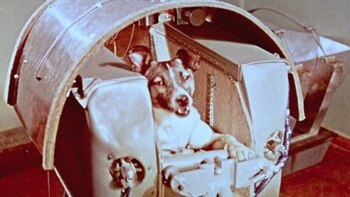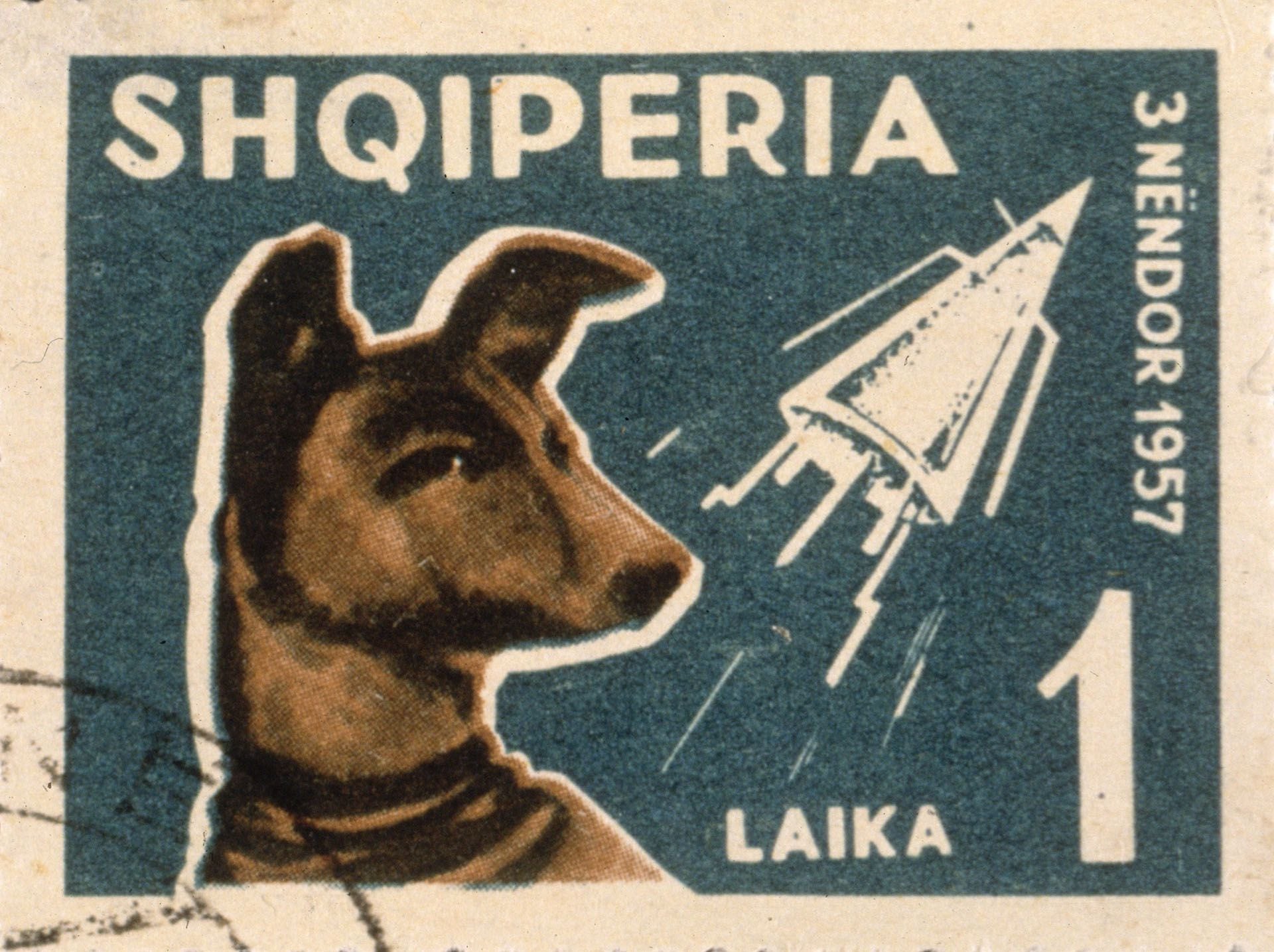
Laika is remembered by many for being the first living creature to be sent into space, on November 3, 1957. Laika was the only crew member of the second artificial satellite in history, Sputnik II.
By the end of the 1950s, the space race, the conquest of space, although not yet at its peak, occupied an important part of today's issues and the desire of nations to show their supremacy over space science advancement. The speed of sound had been defeated relatively recently, and the world was entering the age of satellites.
Laika - a name derived from the verb 'bark' in Russian - was chosen among five or six candidates for her awake, docile character and a slightly curious look. To accustom her to space flight, which would take place in a pressurized capsule 80 centimeters long, she was placed in smaller and smaller cages. They then placed it in a centrifuge that simulated the acceleration of the rocket at the time of takeoff and subjected it to noises that imitated the interior of a spacecraft.

To find it, the Soviets began a search for stray dogs, and Laika was found wandering around Moscow, because they assumed that these animals had learned to endure the extreme cold and hungry conditions they might be subjected to in space. Laika weighed five kilos, was about three years old and had a previous name, “Kudryavka”, which meant “Rollers”.
Thus, on November 3, 1957, the children and the great of the world received a difficult message, which perhaps they understood very clearly, Sputnik II had been launched with a single crew member, a half-breed dog, symbol of the innocent martyrs, who was named Laika. The dog would die in space.
The protests were heard from all over the world to such an extent that a monument of tribute to that half-breed dog remembers her in Moscow. The name Laika (barker in Russian) became more than popular among those used for dogs of that time.
Most of the dogs of that time were named after her in a sense and quiet canine tribute. Laika, became a myth, since she never returned to Earth and died in space shortly after launch.

Although the Russian authorities said she had survived six days in orbit and was euthanized before she ran out of oxygen, what really happened is that the little astronaut died within hours of takeoff due to excess heat and dehydration. This happened because the ship in which he was traveling exceeded 40ºC due to lack of sufficient protection against solar radiation.
Sputnik II disintegrated in the atmosphere on April 14, 1958 over the Antilles Islands, although its only passenger died five months earlier.
The children of the world looked up at the sky wondering if that little white dot that was seen around noon over Argentina, that little dot that advanced over the immensity of the sky, was perhaps not a tear that the sky condensed when Laika was lost, one more animal life, one more, for the sake of human well-being or madness.
The dog was paid tributes and monuments, many countries issued allusive stamps, but none, no one, ever dared to listen to the cry of the children and adults of the world, mingling with the lackluster bark of Laika, in outer space.
*Prof. Dr. Juan Enrique Romero @drromerook is a veterinary physician. Specialist in University Education. Master's Degree in Psychoimmunoneuroendocrinology. Former Director of the Small Animal School Hospital (UNLPAM). University Professor at several Argentine universities. International lecturer.
KEEP READING:
Últimas Noticias
Debanhi Escobar: they secured the motel where she was found lifeless in a cistern

The oldest person in the world died at the age of 119

Macabre find in CDMX: they left a body bagged and tied in a taxi
The eagles of America will face Manchester City in a duel of legends. Here are the details

Why is it good to bring dogs out to know the world when they are puppies




